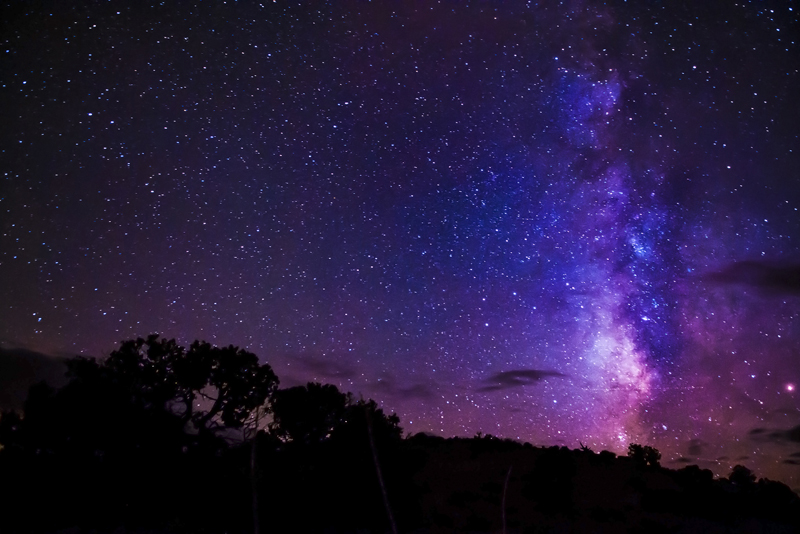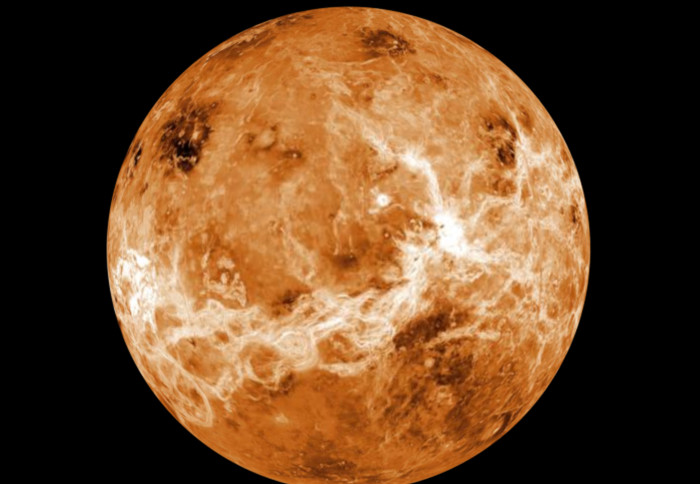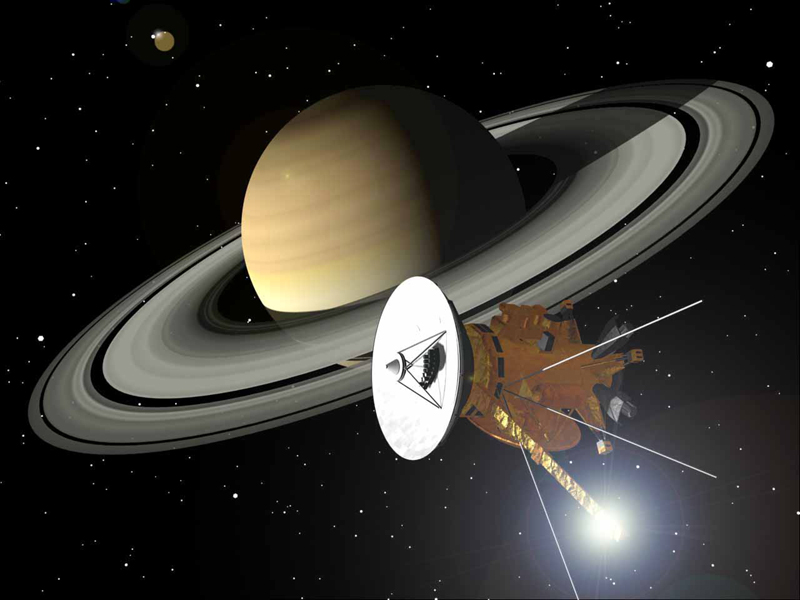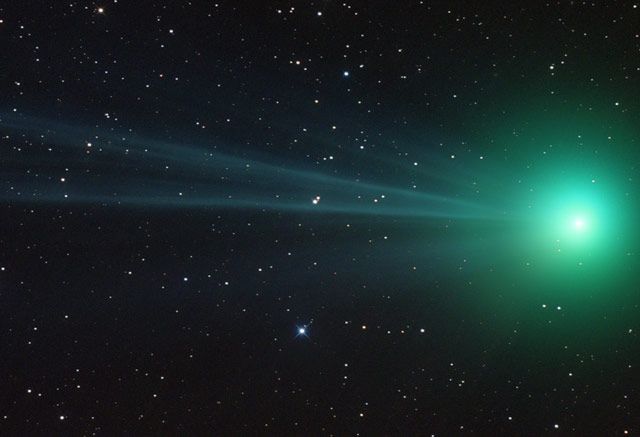Hi everybody!
Here's the latest article from the Astronomy site at BellaOnline.com.
Leo the Lion
Leo is a Zodiac constellation and its stars have represented a lion for over four thousand years. Leo contains one of the brightest stars in the sky and one of the dimmest, as well as a selection of spiral galaxies loved by amateur astronomers. And what was Regulus's dark secret?
http://www.bellaonline.com/articles/art22804.asp
*WISE pictures released*
NASA's Wide-field Infrared Survey Explorer (WISE) was launched in 2009. Its mission is to survey the entire sky at infrared wavelengths. Last week data from the first half of the survey was made available in an online archive. The entire survey will be available sometime next year. Here is a selection of some of the new releases: http://www.jpl.nasa.gov/news/news.cfm?release=2010-320#1 Remember: The colors in the pictures aren't natural because we can't see in infrared. A color set is chosen to try to convey the different infrared wavelengths to us.
My favorite was of Tycho's supernova remnant, which shows the remnant of the supernova the great astronomer saw in 1572. You can find out more about Tycho Brahe at http://www.bellaonline.com/articles/art28652.asp.
*Meteor Shower: The Lyrids*
The Lyrid meteor shower should be starting anytime now and is due to peak during the hours between late Friday night and dawn on Saturday. A gibbous Moon will interfere with some viewing, but don't forget to look up if you're out and about.
*Moon Phase Calculator*
Sky & Telescope has a new toy.. . erm … educational aid. If you put in the date, it will show you the phase of the Moon on that date. It says it will work for the dates between 4000 BC to 6000 AD. It doesn't say how it takes into account calendar reform, but we won't be picky about that. All you need to do is press “calculate” to get the current phase or type in another date followed by “calculate.” You can find it at http://www.skyandtelescope.com/observing/objects/javascript/moon_phases. (It does need Java to work.)
*Yuri's Planet – And Ours*
As a tribute to the 50th anniversary of human spaceflight, on April 12th the Astronomy Picture of the Day included a beautiful view of Earth taken by the Expedition 7 Crew from the International Space Station. Here it is: http://apod.nasa.gov/apod/ap110412.html.
*The Sun and Regulus*
In this week's article I mentioned that Regulus used to be very close to the Sun at the June solstice. Since Regulus is practically on the ecliptic, it is still near the Sun once a year. However because of precession this happens in August instead of June. The event has been caught by the SOHO (Solar and Heliospheric Observatory) satellite. You can see it here: http://lasco-www.nrl.navy.mil/daily_mpg/2007_08/070823_c2.mpg I had to watch it several times to see what was happening. SOHO uses a disk to blot out the bright Sun in the center. You can see Saturn moving across the screen. Regulus doesn't appear until the very end when it comes out from behind the disk.
*Solar System Videos*
In response to a request, I had a look for videos obout the Solar System. There are quite a lot of them, but many of them are difficult to follow, silly or inaccurate. I thought I would share the list with the rest of you, too.
(1) This is definitely the best. It's almost ten minutes long and looks at the whole Solar System.
http://www.youtube.com/watch?v=fmxi3HvK2Js&feature=related
(2) Here is a quick tour of the Sun and the eight planets.
http://www.youtube.com/watch?v=IBzmz1Adg2o It's 6.32 minutes long.
(3) This is a series of short videos on the planets - including Pluto the dwarf planet, but having forgotten Saturn despite all the wonderful pictures from Cassini. http://www.watchmojo.com/tag/Solar%20System/ But note that video (1) above also has a link in that video to one about Saturn's rings (9 minutes +) .
(4) For a bit more on the Sun, this is about two and a half minutes from the British television series Wonders of the Solar System. http://science.discovery.com/videos/wonders-of-the-solar-system-power-of-the-sun.html
That's all for this now. Wishing you clear skies.
Please visit astronomy.bellaonline.com for even more great content about Astronomy.
To participate in online discussions, this site has a community forum all about Astronomy located here -
http://forums.bellaonline.com/ubbthreads.php?ubb=postlist&Board=323
I hope to hear from you sometime soon, either in the forum or in response to this email message. I welcome your feedback!
Do pass this message along to family and friends who might also be interested. Remember it's free and without obligation.
Mona Evans, Astronomy Editor
.
astronomy Newsletter








